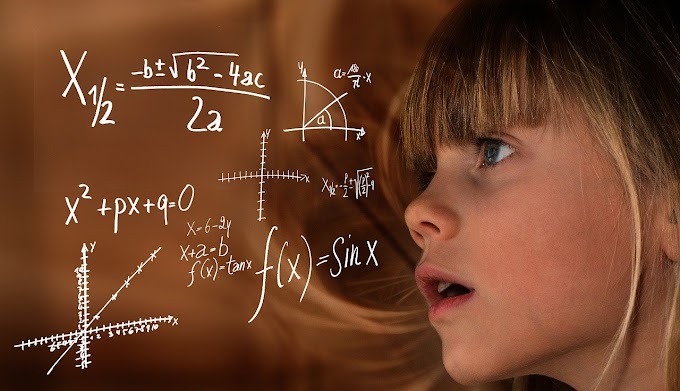The Hidden Link Between Momentum and Kinetic Energy in Newtonian Mechanics
In classical physics, we often treat momentum and kinetic energy as two separate quantities — one representing motion, the other representing the work needed to create that motion. But few realize how beautifully these two are connected through calculus. Let’s uncover this elegant relationship that sits at the heart of Newtonian mechanics.
Kinetic Energy and Its Origin
Kinetic energy is defined as the energy possessed by an object due to its motion. Mathematically,
K=0.5mv2
where m is the mass and v is the velocity. This equation is derived from the work–energy theorem, which states that the work done by a net force equals the change in kinetic energy.
Momentum: The Measure of Motion
Momentum, on the other hand, measures how much motion an object carries:
p=mv
It’s a vector quantity, meaning it has both magnitude and direction, while kinetic energy is purely scalar.
The Mathematical Connection
If we differentiate kinetic energy with respect to velocity, we find something remarkable:
dK/dv = d/dv [0.5mv2] = mv = p
✅
This means:
Momentum is the rate of change of kinetic energy with respect to velocity.
Or in words — for every small increase in speed, the rise in kinetic energy is proportional to the object’s momentum.
Physical Meaning Behind the Equation
This relation bridges two perspectives of motion:
- Energy view: How much work or energy is stored in motion.
- Momentum view: How much force is needed to change that motion.
It shows that momentum and kinetic energy aren’t independent — they’re two sides of the same physical phenomenon. Momentum defines the “quantity” of motion, while kinetic energy defines the “quality” or “effort” of motion.
Beyond the Classical World
In relativistic mechanics, this relationship evolves. The kinetic energy is no longer 0.5mv2, and momentum isn’t simply mv. Instead, they are linked through the equation:
E2=(pc)2+(m0c2)2
where E is total energy, p is momentum, and c is the speed of light. Yet, even in relativity, the deep connection between energy and momentum remains — showing the universality of this physical bond.
Key Takeaway
While kinetic energy tells us how much work went into motion, momentum tells us how much motion the object carries. Their derivative relationship isn’t just math — it’s a reflection of the seamless unity of force, work, and motion in our universe.
In essence:
Momentum is not just motion; it’s the very slope of energy with respect to velocity — a hidden bridge between force and energy in the world of Newton.




0 Comments